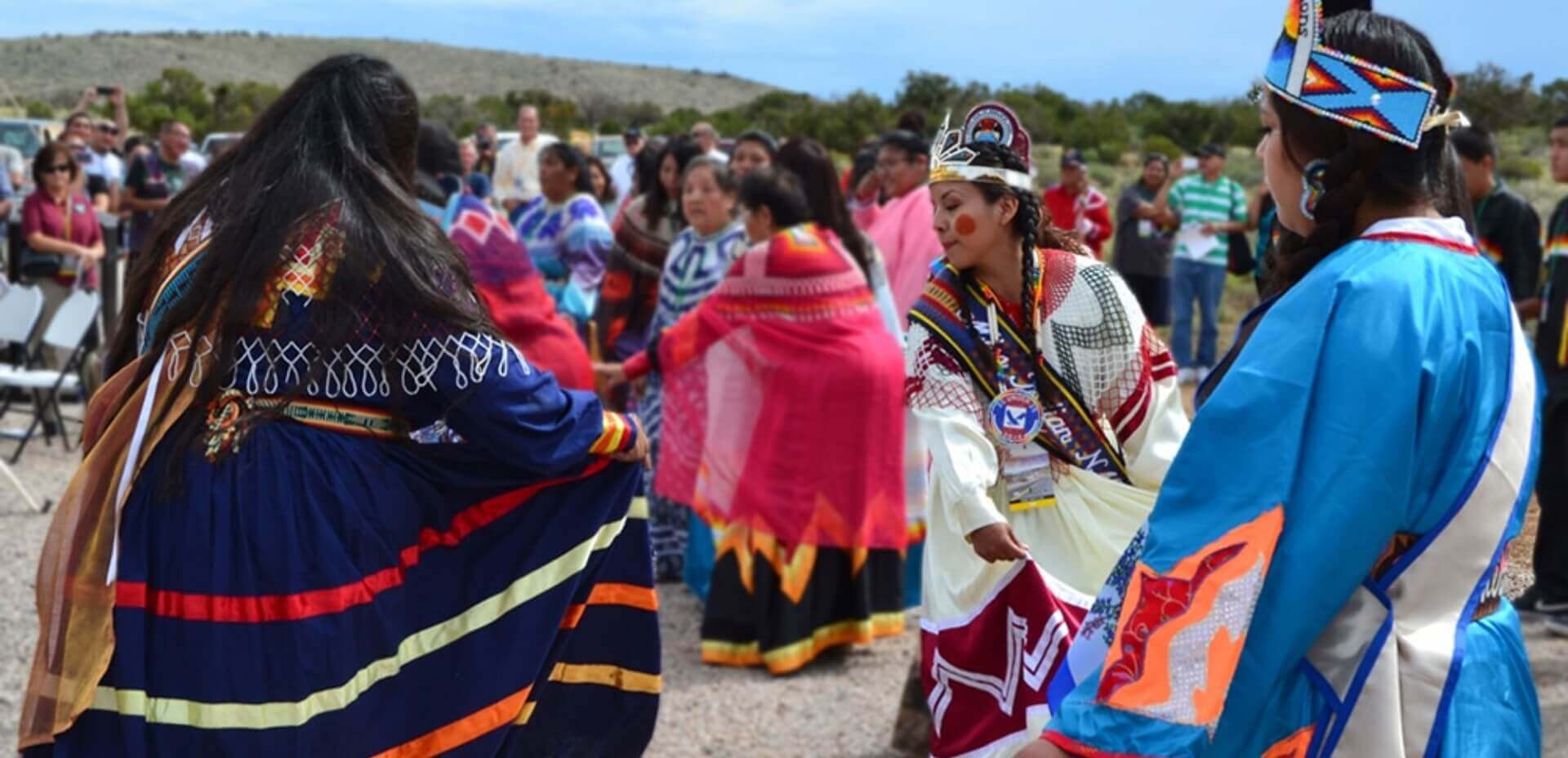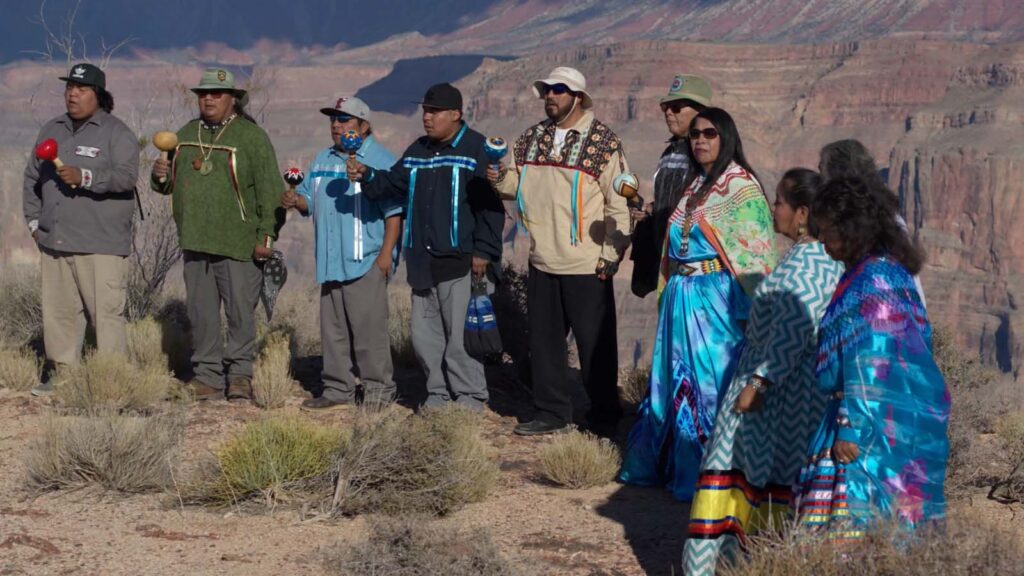
Guardians of the Grand Canyon: The Hualapai Tribe’s Enduring Legacy of Stewardship and Cultural Heritage
The Grand Canyon, a chasm of unparalleled majesty carved by the patient hand of the Colorado River, stands as one of the world’s most breathtaking natural wonders. Millions flock to its rim each year, gazing into the abyss of time and geology. Yet, amidst the awe-inspiring vistas, an essential part of the canyon’s story often remains in the shadows for many visitors: the enduring presence, profound connection, and tireless stewardship of the Hualapai Tribe. For millennia, long before the first European gaze fell upon its depths, this land was home to the Hualapai, "People of the Tall Pines," who have not merely existed within the canyon but have been its intimate guardians and cultural torchbearers.
Their narrative is one of deep spiritual connection, resilience in the face of adversity, and a modern journey toward self-determination that uniquely intertwines economic development with the sacred duty of preservation. From the traditional ecological knowledge passed down through generations to their innovative ventures like the Grand Canyon Skywalk, the Hualapai demonstrate a profound and living heritage that is inextricably linked to the very essence of the Grand Canyon.
Roots Deep as the Canyon: A Millennia of Connection
The Hualapai’s ancestral lands encompass a vast and rugged territory in what is now northwestern Arizona, including over 100 miles of the Grand Canyon’s southern rim and the Colorado River corridor. Their traditional name, "Hualapai" (pronounced WA-la-pie), translates to "People of the Tall Pines," a testament to their historical occupation of the pine forests on the plateaus above the canyon, as well as the more arid lands leading down to the river. For countless generations, the Hualapai developed a sophisticated understanding of their environment, living a semi-nomadic life dictated by the seasons, hunting deer, bighorn sheep, and small game, gathering wild plants, and cultivating corn, beans, and squash in fertile pockets.
Their existence was not merely one of survival; it was a harmonious integration with the landscape. Every rock formation, every arroyo, every bend in the river held spiritual significance, woven into an intricate tapestry of oral traditions, ceremonies, and beliefs. The Grand Canyon itself was not just a geological feature but a sacred space, a source of life, and a repository of their history and identity. Their connection to the land was, and remains, a spiritual contract, a sacred trust passed down from ancestors.

The arrival of European settlers in the 19th century brought immense upheaval. Gold rushes, resource exploitation, and the imposition of foreign laws led to conflict and the tragic displacement of the Hualapai from much of their ancestral territory. Despite suffering immense losses in population and land, the Hualapai refused to be extinguished. Their resilience culminated in the establishment of the Hualapai Indian Reservation in 1883, a fraction of their original domain but a crucial anchor for their cultural survival, headquartered in Peach Springs, Arizona. This period of adversity forged a spirit of determination that continues to define the tribe today.
Stewards of the Sacred: Traditional Ecological Knowledge and Modern Conservation
The Hualapai’s stewardship of the Grand Canyon is not a recent development but an ancient practice rooted in what is now recognized as Traditional Ecological Knowledge (TEK). This knowledge encompasses the cumulative body of beliefs, practices, and observations of a culture, developed over generations, relating to the relationships of living beings (including humans) with their environment. For the Hualapai, this meant understanding the subtle cues of the weather, the migratory patterns of animals, the medicinal properties of plants, and the sustainable management of resources long before modern conservation theories emerged.
Their approach to the land has always been one of guardianship, not ownership in the Western sense. "Our ancestors didn’t just live on this land; they were part of it. We carry that responsibility in our hearts," explains Lucille Watahomigie, a Hualapai cultural preservationist. This perspective dictates a reciprocal relationship: the land sustains the people, and in turn, the people protect the land.
Today, this stewardship manifests in various ways. The Hualapai actively manage their portion of the Grand Canyon, balancing preservation with access. They are deeply involved in water rights issues concerning the Colorado River, a lifeline for their reservation and a critical resource for the entire Southwest. Their understanding of the river’s ecosystem and its historical fluctuations provides invaluable insights for broader conservation efforts. Furthermore, tribal departments work on wildlife management, forest health, and the protection of sacred sites within their lands, ensuring that their natural heritage endures for future generations. Their insights offer a vital counter-narrative to purely scientific approaches, emphasizing a holistic interconnectedness that modern environmentalism increasingly recognizes.
Preserving a Living Heritage: Language, Stories, and Traditions
Beyond the physical landscape, the Hualapai are dedicated guardians of an equally rich cultural landscape. Their language, Hualapai (a Yuman language), is a direct link to their ancestors and worldview. Like many indigenous languages, it faced severe threats due to historical policies of forced assimilation. However, the Hualapai Tribe has made significant strides in language revitalization, establishing immersion programs, creating dictionaries, and teaching the language in schools to ensure its survival. The Hualapai Cultural Center in Peach Springs plays a crucial role in documenting and celebrating this heritage, showcasing traditional arts, crafts, and historical artifacts.
Oral traditions are the backbone of Hualapai culture. Stories, songs, and ceremonies transmit moral lessons, historical accounts, and spiritual beliefs from one generation to the next. These narratives often feature the canyon itself as a character or setting, reinforcing the inseparable bond between the people and their homeland. Basket weaving, a traditional art form, is not merely a craft but a repository of cultural knowledge, with intricate patterns and techniques passed down through families. Similarly, traditional pottery, beadwork, and regalia all serve as vibrant expressions of Hualapai identity and continuity.
The Hualapai understand that cultural heritage is not static; it is a living, breathing entity that adapts and evolves while maintaining its core values. They strive to instill in their youth a strong sense of pride in their heritage, ensuring that the wisdom of their elders continues to guide their path in a rapidly changing world.

Economic Self-Determination: The Grand Canyon Skywalk
One of the most visible and, at times, controversial aspects of the Hualapai Tribe’s modern journey is their pursuit of economic self-determination through tourism. Faced with persistent challenges of unemployment and limited resources on the reservation, the Hualapai leadership made a bold decision: to leverage the natural wonder within their territory – Grand Canyon West – to create opportunities for their people.
This vision culminated in the construction of the Grand Canyon Skywalk, a horseshoe-shaped, glass-bottomed bridge that extends 70 feet over the canyon rim, offering unparalleled views 4,000 feet down to the Colorado River. Opened in 2007, the Skywalk was a monumental undertaking, both in engineering and in tribal enterprise. It generated significant debate, with some expressing concerns about commercializing a sacred landscape. However, for the Hualapai, the Skywalk was never just about tourism; it was about survival, about providing for their people, about securing their future on their own terms.
"The Skywalk allowed us to take control of our destiny," explains a tribal council member. "The revenues generated support our schools, our healthcare, our infrastructure, and our efforts to preserve our culture and language. It’s about self-sufficiency, not just profits." Grand Canyon West, which includes not only the Skywalk but also Hualapai Ranch, Guano Point, and Eagle Point, employs hundreds of tribal members, providing vital jobs and career paths that allow Hualapai people to live and thrive on their ancestral lands. It represents a powerful example of an indigenous nation utilizing its resources to uplift its community while carefully managing visitor impact on a sensitive environment.
Challenges and the Path Forward
Despite their successes, the Hualapai Tribe continues to face significant challenges. Climate change poses a direct threat to the fragile ecosystem of the Grand Canyon, impacting water availability, wildlife, and traditional plant resources. The delicate balance between economic development and cultural preservation requires constant vigilance and thoughtful planning. Furthermore, the ongoing fight for true tribal sovereignty and the recognition of their inherent rights remains a critical aspect of their journey.
Yet, the Hualapai remain steadfast. Their vision for the future is one where their people are healthy, educated, and culturally strong, where their language flourishes, and where their sacred lands are protected for all time. They are committed to sharing their story and their unique perspective on the Grand Canyon with the world, not just as a tourist attraction but as a living cultural landscape.
Conclusion
The Hualapai Tribe’s story is an indispensable chapter in the Grand Canyon’s epic narrative. They are not merely inhabitants but the canyon’s original and enduring custodians, their identity woven into its very fabric. Their journey from ancient harmony to modern resilience, marked by deep spiritual connection, the preservation of a vibrant cultural heritage, and a determined pursuit of self-determination, offers profound lessons in sustainability, cultural pride, and the indomitable human spirit.
As visitors stand on the Hualapai Skywalk, gazing into the vast expanse of the Grand Canyon, they are not just witnessing a geological marvel; they are standing on land imbued with millennia of Hualapai history, tradition, and unwavering stewardship. To truly appreciate the Grand Canyon is to understand and honor the Hualapai Tribe – the guardians who have kept its spirit alive, ensuring that the echoes of eternity continue to resonate through its majestic depths. Their legacy is a powerful reminder that the greatest natural wonders are often best understood through the lens of those who have lived with them most intimately.